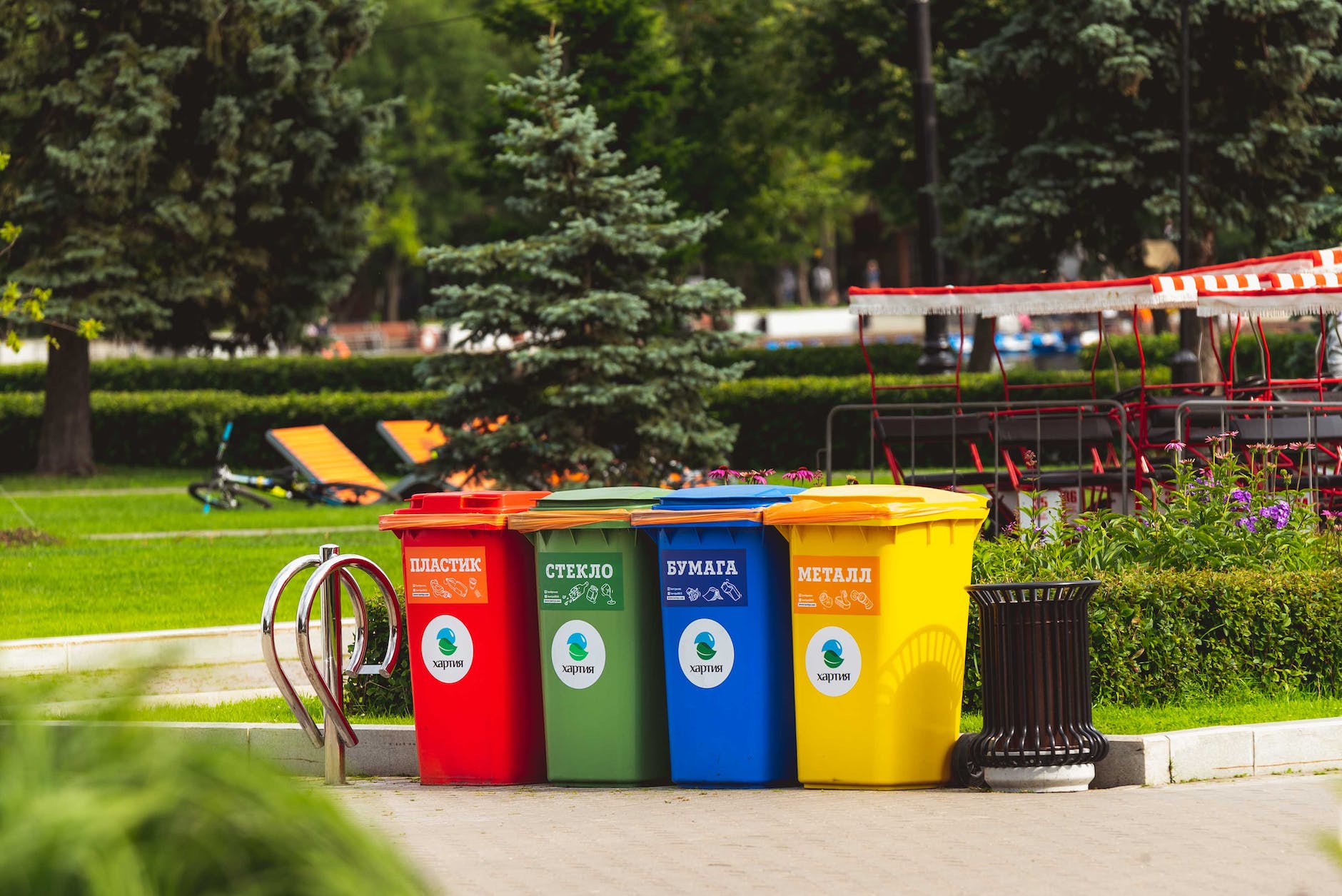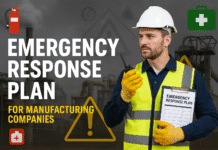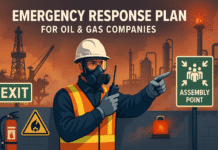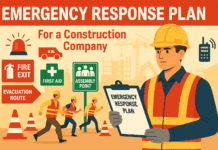
Waste Management and Disposal: Ensuring the Proper Handling of Hazardous Waste
Introduction
Effective waste management is a critical aspect of maintaining environmental sustainability and safeguarding public health. Hazardous waste, in particular, requires careful handling to prevent harm to ecosystems and communities. This article delves into the proper methods and guidelines for the disposal of hazardous waste, emphasizing the importance of responsible waste management practices.
Understanding Hazardous Waste
- Definition of Hazardous Waste
- Characteristics: Hazardous waste exhibits specific characteristics such as toxicity, flammability, corrosiveness, or reactivity.
- Listed Wastes: Certain substances are designated as hazardous by regulatory authorities due to their potential risks.
- Common Types of Hazardous Waste
- Chemical Waste: Includes solvents, pesticides, and laboratory chemicals.
- Medical Waste: Materials contaminated with infectious agents, such as needles and biological waste.
- Electronic Waste: Discarded electronic devices containing hazardous components like heavy metals.
Proper Handling and Storage of Hazardous Waste
- Identification and Segregation
- Labeling: Clearly label containers holding hazardous waste with details on contents and associated risks.
- Segregation: Keep different types of hazardous waste separated to prevent chemical reactions.
- Appropriate Containers
- Chemically Resistant: Select containers made of materials resistant to the specific chemicals in the waste.
- Secure Lids: Ensure containers have secure lids to prevent spills and emissions.
- Storage Conditions
- Ventilation: Store hazardous waste in well-ventilated areas to minimize the risk of harmful fumes.
- Temperature Control: Some hazardous materials may require controlled temperature storage.
Transportation Guidelines for Hazardous Waste
- Regulatory Compliance
- Permit Requirements: Obtain the necessary permits for transporting hazardous waste, adhering to local and national regulations.
- Documentation: Maintain accurate documentation detailing the type and quantity of waste being transported.
- Specialized Vehicles
- Chemical Compatibility: Ensure that transport vehicles are compatible with the hazardous materials being moved.
- Containment Measures: Employ vehicles with spill containment features to prevent leaks during transit.
Treatment and Disposal Methods
- Incineration
- Combustion Process: Incineration involves burning hazardous waste at high temperatures.
- Reducing Volume: This method reduces the volume of waste and neutralizes certain hazardous substances.
- Chemical Treatment
- Transformation of Chemicals: Chemical treatment processes alter the chemical composition of hazardous waste to make it less harmful.
- Neutralization: Acids and bases may be used to neutralize corrosive waste.
- Landfill Disposal
- Secure Landfills: Some treated hazardous waste may be disposed of in secure landfills designed to prevent leaching.
- Regulatory Compliance: Adherence to regulatory guidelines is crucial for landfill disposal.
Recycling and Reclamation
- Recovery of Resources
- Materials Recycling: Hazardous waste containing valuable materials may undergo recycling processes.
- Energy Recovery: Some waste can be used for energy production through methods like waste-to-energy incineration.
- Resource Conservation
- Reducing Environmental Impact: Recycling and reclamation contribute to resource conservation and reduce the environmental impact of hazardous waste.
- Circular Economy: Promoting a circular economy approach by reusing materials whenever possible.
Employee Training and Safety Measures
- Training Programs
- Identification: Train employees to identify hazardous waste and understand proper handling procedures.
- Emergency Response: Equip workers with knowledge on emergency response protocols in case of spills or accidents.
- Protective Gear
- Personal Protective Equipment (PPE): Provide suitable PPE, including gloves, goggles, and respirators, to minimize the risk of exposure.
- Safety Measures: Emphasize the importance of following safety measures to prevent accidents.
Continuous Improvement and Environmental Responsibility
- Audits and Inspections
- Regular Assessments: Conduct regular audits to assess compliance with waste management regulations.
- Environmental Impact Assessment: Evaluate the environmental impact of disposal methods and identify opportunities for improvement.
- Investment in Sustainable Practices
- Research and Innovation: Invest in research and innovation to discover more sustainable and environmentally friendly waste disposal methods.
- Technological Solutions: Explore technological solutions that enhance waste treatment efficiency and reduce environmental impact.
Conclusion
Proper handling and disposal of hazardous waste are imperative for maintaining a healthy environment and protecting communities from potential hazards. By following established guidelines, implementing effective waste management practices, and fostering a culture of environmental responsibility, organizations contribute to a sustainable future where hazardous waste is managed responsibly and with minimal impact on our ecosystems.
Safety Training Program Evaluation: Measuring Effectiveness and Impact
Psychosocial Risk Assessment in the Workplace: Addressing Mental Health Concerns
Root Cause Analysis (RCA): Identifying and Addressing Underlying Causes of Safety Incidents
Risk Assessment and Hazard Identification: A Key Responsibility for Safety Officers
Personal Protective Equipment (PPE): Selection, Usage, and Maintenance for Safety Officers
Frequently Asked Questions (FAQs)
- What is hazardous waste?
- Hazardous waste is waste that poses a threat to public health or the environment due to its characteristics or components.
- What are common types of hazardous waste?
- Common types include chemical waste (solvents, pesticides), medical waste (needles, biological waste), and electronic waste (devices containing hazardous materials).
- How should hazardous waste be stored?
- Store hazardous waste in appropriately labeled containers made of chemically resistant materials, ensuring secure lids and proper ventilation.
- What are the transportation guidelines for hazardous waste?
- Obtain permits, adhere to regulatory documentation requirements, and use specialized vehicles with spill containment features for transporting hazardous waste.
- What are the treatment and disposal methods for hazardous waste?
- Methods include incineration, chemical treatment, landfill disposal, recycling, and reclamation, each chosen based on the nature of the hazardous waste.
- Why is employee training important in hazardous waste management?
- Training ensures employees can identify and handle hazardous waste safely, follow emergency response protocols, and wear appropriate protective gear to minimize exposure risks.
- How can organizations contribute to continuous improvement in hazardous waste management?
- Organizations can conduct regular audits, invest in sustainable practices, explore technological solutions, and prioritize research and innovation to minimize environmental impact and enhance efficiency.





















